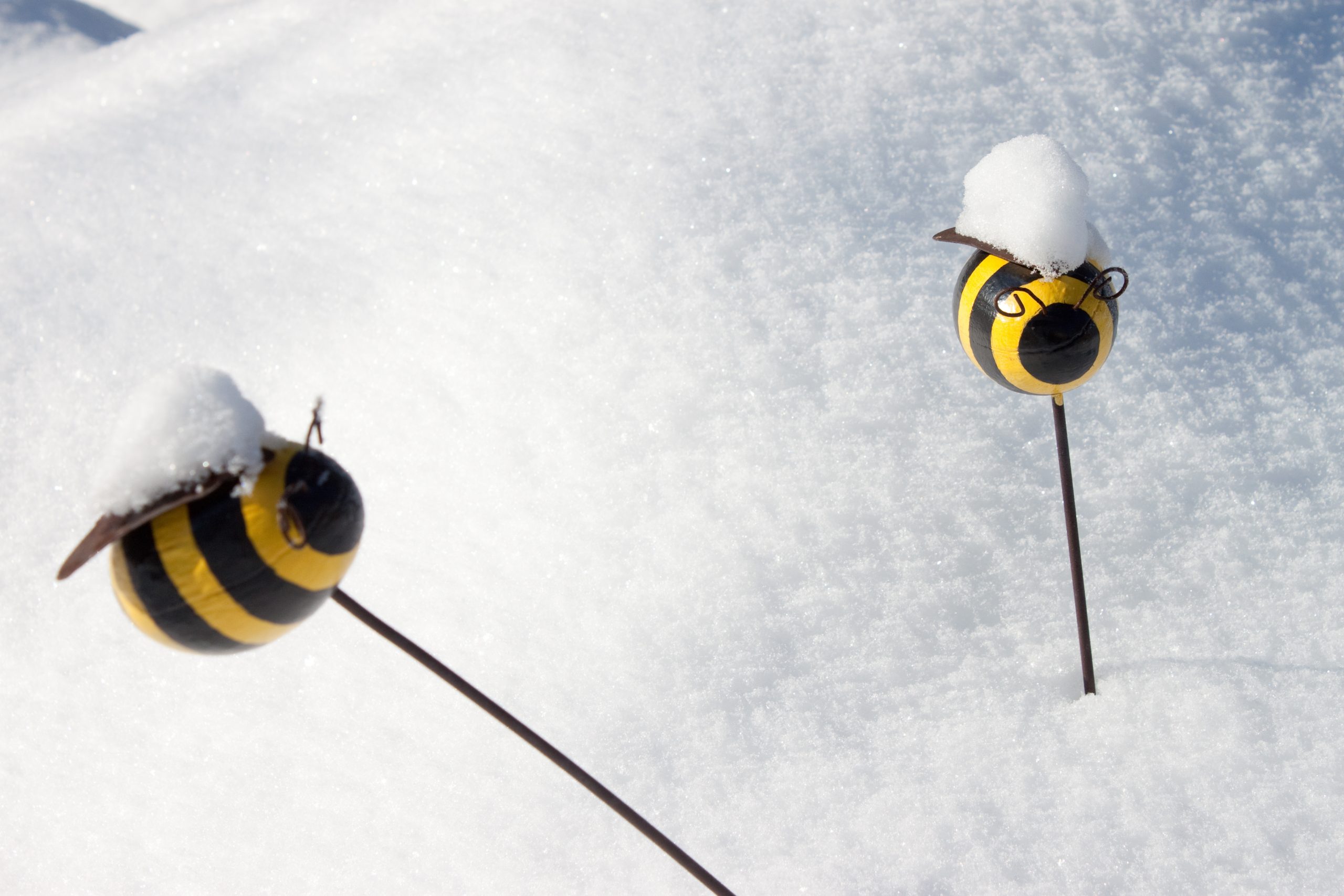How Will Winter Affect Declining Honeybee Populations?
November 27, 2015
Bee Colony Collapse, Honey Bees
Bayer Researchers Say Bees Will Face a Tough Winter
Dick Rogers, the head scientist at the Bayer Bee Care Center located in North Carolina, says honeybees will be facing a tough winter this year. Rogers has been studying honeybees at the center for decades and in a recent blog post expressed that he conducts evaluations of hives during the late summer and early fall that involves close to 150 samples from different hives across the country. This year, Rogers says that he is alarmed by the number of hives that contain the Varroa mite.
According to an article posted on Agri-Pulse.com, the research that Rogers conducted uncovered that a hive with just three Varroa mites for every 100 bees in the hive could mean trouble for the entire colony. Although this fraction does not seem significant, the typical beehive contains 40,000 bees, which would mean that, using this fraction, there would be thousands of parasites inside the hive. Varrao mites have the ability to weaken a hive through the transmission of diseases and feeding.
“This year I'm finding at least two-thirds of the hives I've examined contain mite counts above that threshold and many have exceeded seven mites per 100 bees, a level that is almost certain to result in colony failure this winter,” Rogers writes in his blog. Two organizations, the USDA and Bee Informed Partnership, are estimating that Varroa mite infestation levels between seven and eight mites for every 100 bees is the nation average for fall of 2015, this also according to Rodgers’ blog.
Honey bee populations are an important part of the United States agriculture since the insects are responsible for $15 billion in increased value of crops every year. About one-third of American’s diet is indirectly or directly benefited from honeybee’s pollination, according to the Agricultural Department’s website. Additionally, many specialty crops such as tree nuts, almonds, berries, vegetables, and fruit also depend on the pollination practices of the honeybee.
The existence of the Varroa mite is just one of many possible factors attributed to Colony Collapse Disorder, which is a phenomenon that began almost a decade ago. This condition occurs when honeybee populations experience dramatic losses over the winter months. Additional factors that are thought to contribute to Colony Collapse Disorder include the increase of use of powerful, toxic insecticides, known as neonicotinoids, as well as the loss of natural honeybee habitats.


.jpg)




